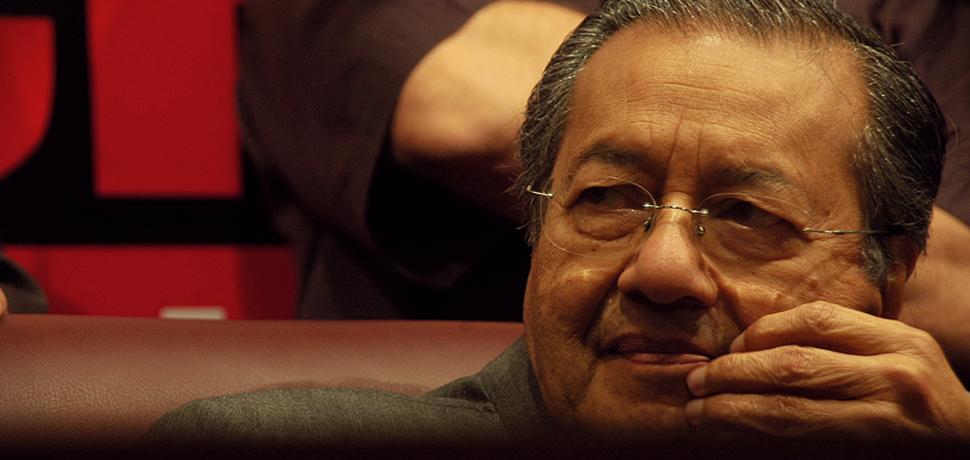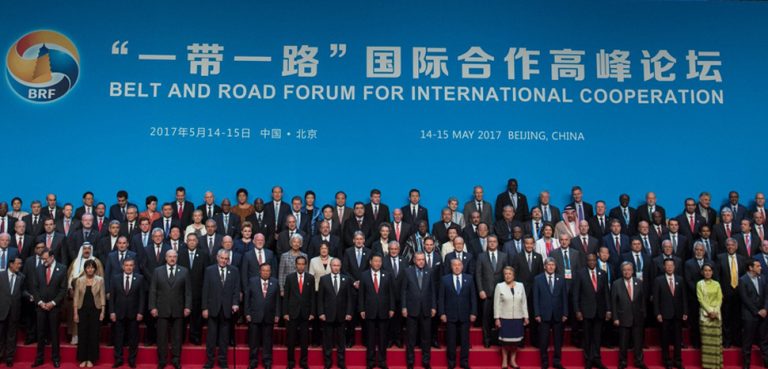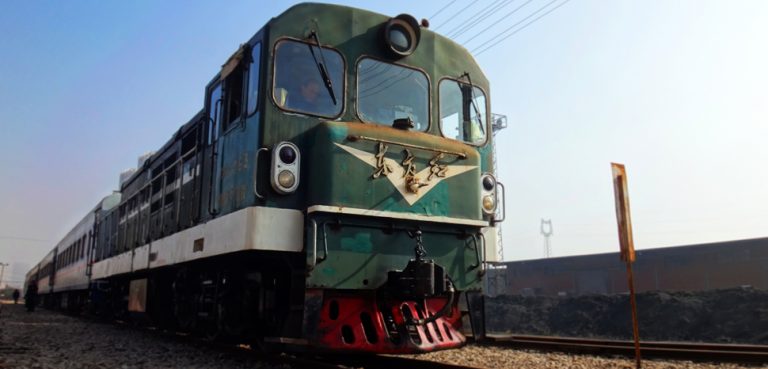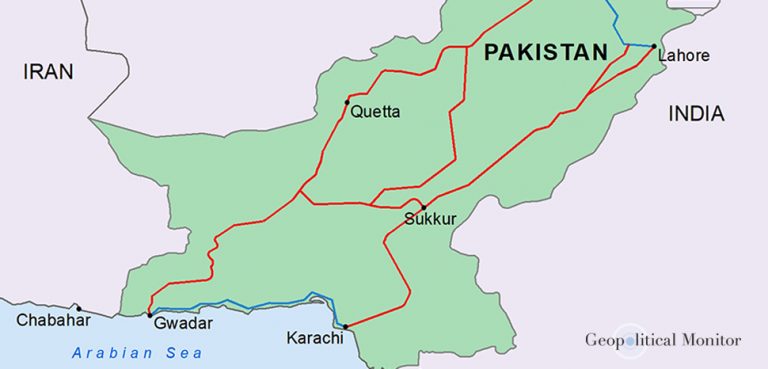A central focus of both Malaysia’s unlikely changing-of-the-guard and now an unlikely about face from China’s Belt and Road negotiators, the East Coast Rail Link (ECRL) is quite a contentious infrastructure project.
The initiative, first agreed to by Prime Minister Najib Razak in 2016, seeks to connect Kuala Lumpur to southern Thailand via a new rail link along Malaysia’s west coast. It fell out of favor after the surprise election of Mahathir Mohamad in 2018, who pledged to either renegotiate the project or scrap it entirely citing high costs and the corrupt dealings of the Najib regime.
We now know that Prime Minister Mahathir has opted for the former. And, according to a statement he released last week, the decision to renegotiate was helped by the fact that outright cancellation would incur an “unjustified, hefty, lump-sum price, which lacked clarity in terms of technical specifications, price and… economic justification.” This fee is speculated to be as high as $5 billion USD.
The new deal to build the ECRL is more favorable to the Malaysian authorities than the previous incarnation. The price tag received a hefty reduction to 44 billion ringgit, down from 65.5 billion. But most importantly, the resulting rail line will be operated by a new 50-50 joint venture that brings together the Chinese entity building the railway, the China Communications Construction Company, and the Malaysian government. In the original agreement, the entire cost of operating and maintaining the ECRL fell on the Malaysian government, in addition to significant loans from China’s Export-Import Bank. The resulting burden would have been particularly onerous given that the rail line couldn’t be expected to be profitable for several years, if ever. Finally, the new deal increases local Malaysian participation in ECRL-related projects from 30 to 40 percent.
This time around, the renegotiation can actually be considered a ‘win-win’ for both sides.
For Prime Minister Mahathir, it perpetuates the political narrative of him sweeping in to clean up after the corruption and neglect of the Najib years. Despite his pledges to rip up this and other BRI deals on the campaign trail, Mahathir faced the unsavory prospect of being on the hook for $5 billion and having nothing to show for it. That the Chinese authorities decided to oblige with new terms was a boon: it portrays the Mahathir administration in a positive light and it maximizes the potential economic benefits of the ECRL, which, after all, still represents substantial opportunities for the relatively underdeveloped west coast of Malaysia.
For the Chinese government, the renegotiation helps to rehabilitate Belt and Road’s branding at a time of increased global skepticism toward established lending practices, particularly in some of the leading BRI states like Pakistan and Indonesia, where Chinese loans have recently become an election issue. The renegotiation also comes ahead of the second Belt and Road Forum, which is scheduled to be held in late April.
Herein lies the million-dollar question going forward: Is the Malaysia renegotiation going to be the exception or the rule?
There’s plenty of evidence to suggest that we may see a slow transition toward the Malaysia model going forward. For one, it’s clear that BRI as-is has been subjected to a torrent of negative press centered around ‘debt trap diplomacy.’ And while ardent nationalists might dismiss the negativity as Western propaganda and/or attempts to contain China’s legitimate expansion, it can’t be denied that the current model has produced blowback in certain countries in which it has been deployed.
The move toward a more transparent and forward-looking model (at least in terms of the commercial viability of the projects being built) inevitable, not because of any moral imperative, but because ensuring the long-term viability of receiving countries is sound policy for securing China’s long-term diplomatic (and thus economic) influence. This is a lesson that was well learned by the West during the savagely neoliberal structural adjustment policies of the 1980s and 1990s: any short-term economic gains are negated in time by a souring political climate. It’s a lesson that will be learned by BRI planners as well, if not now then further down the road.




